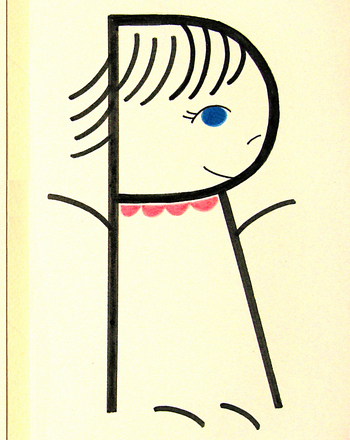Today I am changing things up with some guest content from Education.com. If you’ve never checked out their site before and you have children in your life, you should definitely check them out! They have wonderful activities (like the one I’m going to be sharing today) for reading, writing, math, science and more. And it’s not just for little kids either. They have material for Preschool all the way through High School! Plus, it’s not only a super amazing resource for parents like me who want to be able to help their child become more proficient in a certain area that they might be struggling in, but it’s also the perfect spot for teachers to visit!
I am particularly excited about their Art section of their website. I go into my children’s classroom on a regular basis and teach art lessons. Most times I use an amazing program called Meet the Masters, but other times I like to work other projects into the rotation. This site is incredibly useful for that as all I need to do is click on their grade level and then “The Arts” link. It gets broken down into a few categories allowing me to select the area that is of interest to me.
Today’s lesson that I am going to share incorporates a nice art element as well as recognition of letter formation. So let’s get into our activity for today exclusively from Education.com!
Activity: Alphabet Letter People
When children first start learning the forms and names of letters it’s important for them to look at the details that make up each letter. For example, some kids may think that an “F” and an “E” are the same because they don’t see that the bottom line is missing on the “F.” How can you get your child interested in looking at the fine details of the alphabet letters? Draw letter people together! This activity is perfect for artistic children, or for children who love to tell stories.
What You Need:
- Paper
- Black permanent marker
- Pen, crayons, or markers
What You Do:
- Use the black marker to draw a large, clear letter on a piece of paper.
- Discuss with your child whether the letter looks most like a face or like a person.
- If you decide that the letter looks most like a face, ask your child to point out where each facial feature (e.g. eyes, nose, mouth, and ears) would go. If you decide that the letter looks most like a person, ask your child to point out where each body part (e.g. legs, arms, and head) would go. Make sure that your child is taking the small details of the letter—the tail of the “q” or the middle stub of the “G”—into account.
- Encourage your child to add facial features or body parts so that the letter looks more like a person.
- Ask your child to tell you about the letter person, based on the picture. Is the letter person a child or adult? Male or female? What personality traits does the letter person have? What job might the letter person enjoy? Your child can even draw the letter person doing a job.
- Repeat this process with other letters of the alphabet. After your child makes a few letter people, come up with a story together that uses the letter people as characters!

